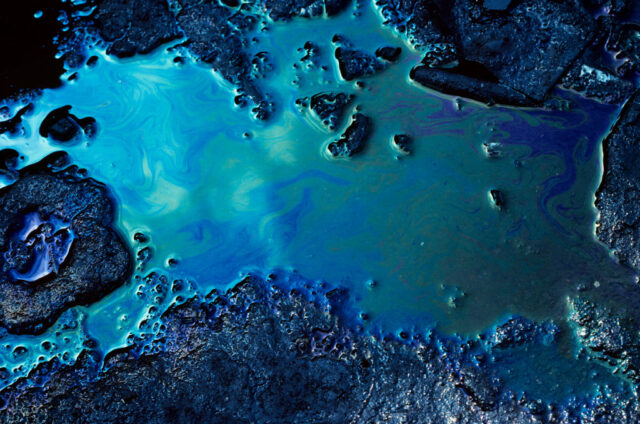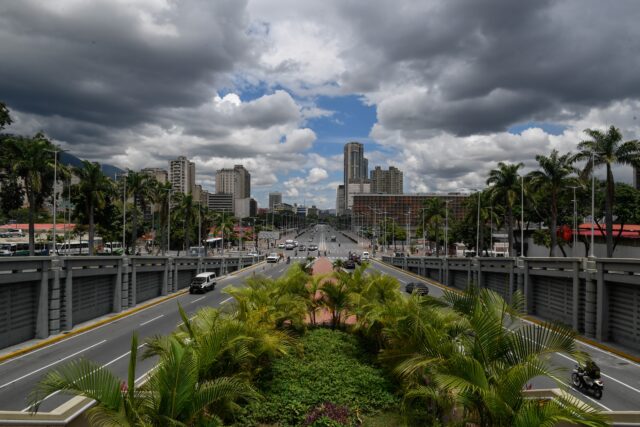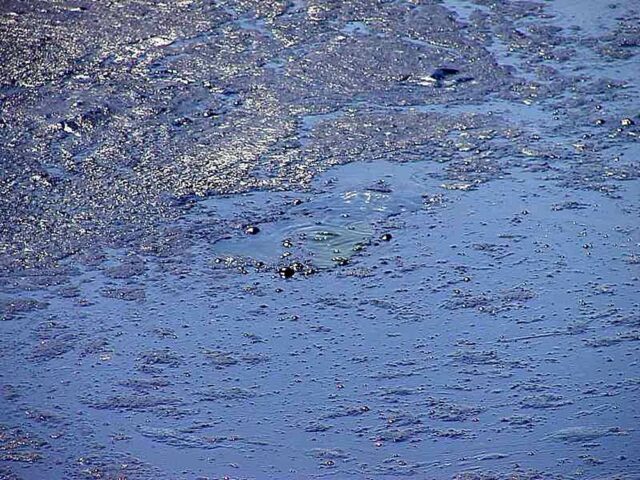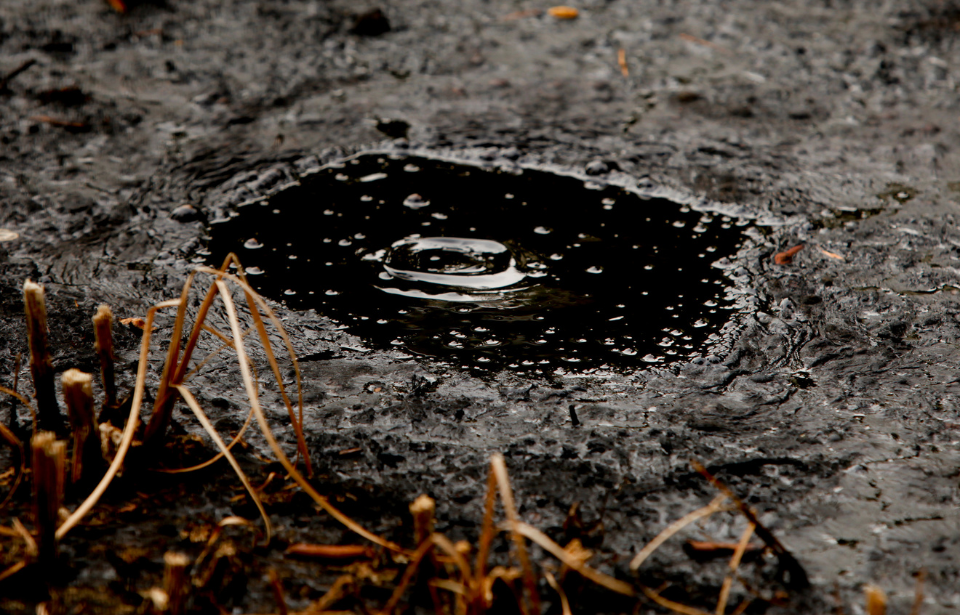Killer blobs have been a fear for people for decades, with one becoming the terrifying threat of the 1958 film, The Blob. So, when a black blob mysteriously appeared on the streets of Venezuela, people began to fear it. While this blob didn’t have the same kind of movement as the murderous one in the film, it seems to have been just as deadly. Despite years of research, the mystery of this black goo still has yet to be solved.
The black goo is deadly

In 1986, workers patching up 30-year-old asphalt on the roads between Caracas and its airport discovered a black goo covering about 50 meters. This goo was described as an inch-thick greasy blob with the consistency of chewed-up bubble gum that, over time, grew to cover as much as 13 kilometers of highway, the substance seeming to prefer tunnels and uphill slopes. No one knows where it came from or what it was, but it came to be known as ‘La Mancha Negra’ or the ‘Black Stain.’
Looking at La Mancha Negra, it appeared as though it were alive. Its shape would change depending on the weather, with it expanding during hot, wet days and shrinking down with it was cold and dry.
The goo quickly became a serious problem as driving on it was extremely unsafe, with drivers stating that it was as “slick as ice.” In just five years, La Mancha Negra reportedly took the lives of 1,800 drivers and passengers as their cars spun out of control. “They can offer me double the fare, but if La Mancha Negra is bad I won’t drive,” one local taxi driver said. “It’s not worth dying for.” Another explained how, “Driving with La Mancha Negra is like driving in a grand prix.” In this way, they urged that “You got to be careful, or you’ll die.”
The government failed to solve the problem

The lethal black blob was a problem that needed to be solved, and the Venezuelan government claimed to have spent “millions of dollars” trying to rid the roads of it. In 1994, when they first began trying to remove La Mancha Negra, they tried to use simpler tactics. First, they attempted to wash away the goo, assuming it was a paste of oil and dust. When this didn’t work, they tried to power wash it away. This also failed, so they turned to scrubbing the blob with detergents, and when that didn’t work, they scraped away the top layer of the roads and resurfaced them. Unfortunately, despite all efforts, La Mancha Negra continued to reappear.
For a little while, the blob was diminished after tonnes of pulverized limestone was poured on top of it, drying it up. However, this solution came with different problems, as residents complained that it made the roads too dusty and compromised the air quality. Ultimately, this solution proved to be only temporary, as La Mancha Negra reappeared in 1996.
At wit’s end, the Venezuelan government sought the help of American, Canadian, and European experts to try and solve the mystery of the black goo. Special equipment brought in from Germany was used to scar the substance away, but even outside influence couldn’t remove the goo. In 2001, it plagued the streets of Venezuela once again.
Theories as to what La Mancha Negra is

To this day, there are still no answers for what La Mancha Negra is or why it showed up, despite decades of research and millions of dollars spent to try and figure it out. However, several theories have surfaced offering explanations.
Some thought it was just oil that was oozing from poor-quality asphalt, while others believed it was some kind of fungus. A popular theory was that it was actually raw sewage that had run downhill from nearby slums, causing a chemical reaction that broke down the roads and resulted in the black goo. However, the theory that is the most accepted is that La Mancha Negra is the result of old cars leaking their fluids all over the roads. Over time, these fluids are believed to have collected and formed the gummy black paste.
Read more: Elvis Presley’s Graceland Home Is Just Three Miles From the World’s Largest Private Bomb Shelter
For now, La Mancha Negra is dormant, but who knows when the next flare-up with take over the streets of Caracas again?
